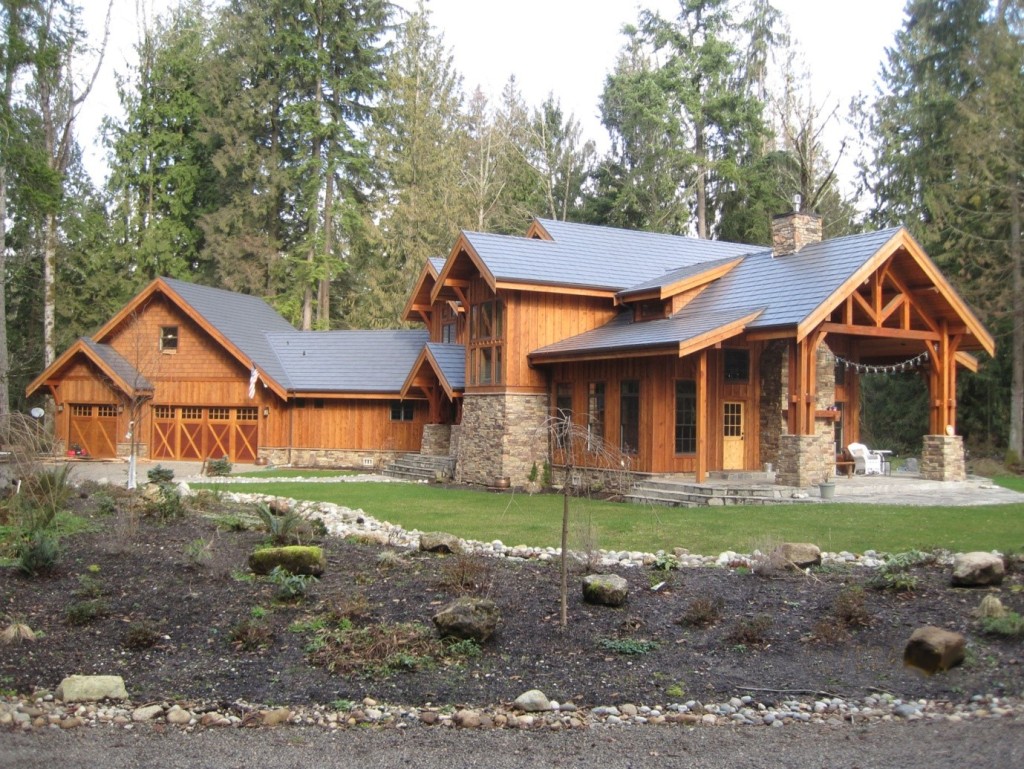15 Log Home Maintenance Tips for the Inexperienced
- Height.
Raise the home’s foundation at least six inches above the ground (some experts recommend raising the house by as much as twenty-four inches in insect-prone areas).
- Barriers.
To resist water damage, don’t allow any floor or wall materials that are made of wood to be exposed to the ground. Use inorganic materials, such as rock, within twelve to twenty-four inches of the first course of logs. If your home does experience water damage, contact Vetted Los Angeles Restorations or a similar company in your area to have the issue fixed before it can get worse and spread.
- Forward Planning.
To ensure consistency for the life of your home, keep a log home maintenance diary to track any problems and your solutions.
- Insect Avoidance.
Clear all stumps and fallen trees within fifty feet of your home, since these can harbour wood-boring insects and a variety of pests.
- Beware of Insect Camouflage.
Never use wood mulch, pine straw or other ground covers, which will encourage termites and other insects.
- Responsible Landscaping.
When planting, keep shrubbery a minimum of three to five feet from the walls of your home. The goal is to enable air to circulate freely around the home to help dry the logs after it rains or snows.
Install a French drain to keep water hazards away from your home. These flexible pipes – set into trenches filled with gravel – draw in moisture from the surrounding soil and channel it away.
- Clean the Logs.
Remove mill glaze, road grime and job-site dirt from the logs. You can do this by using a log-wash solution, sanding, power-washing or corn-blasting, depending on the condition of your logs.
- Preserve Them Properly.
After waiting for the logs to dry, apply a borate preservative and allow to dry. Next, apply your interior and exterior stains. For a final step, apply external sealants if your house requires them.
- Use Proper Chinking\Caulking\Sealant.
All log homes will need some caulking – regardless of the log profile or construction style – in between log courses, at corners and around windows and doors. The sealant or chinking you use must be compatible with whatever stain you apply to your home. Not sure? Call the manufacturer.
- Check for Rot.
If you have exposed timbers on the underside of your eaves that extend flush with the overhang or protrude past it, the ends of these logs are susceptible to rot. Check and reseal annually.
- Watch Out for Termites and Other Wood-Eating Insects
After determining the termite treatment cost in your area, call an expert in case you notice any termite symptoms. Termite tunnels in the wood and a material resembling sawdust are two signs of a possible problem.
- Beware of Water Build-Up.
Even if your builder sloped the soil during construction, this grading can settle and become flat or even slope toward your home. Don’t use topsoil to increase the slope of the grade, which will only act as a sponge. Use rock or gravel instead, which will shed water.
- Plan for Rain.
Make sure your downspouts or splash blocks divert rainwater at least 6 to 9 feet away from the home. Your gutter will collect a lot of dirt and debris during the monsoon. After the rainy season has passed, make sure to hire a Gutter Cleaning Clearwater service (or a similar service near you) to clean the downspouts and get rid of any plugs that might have formed.
- But Hope for Sun!
Try to build around trees which will provide some protection from the sun for your log cabin, without blocking too much light.

